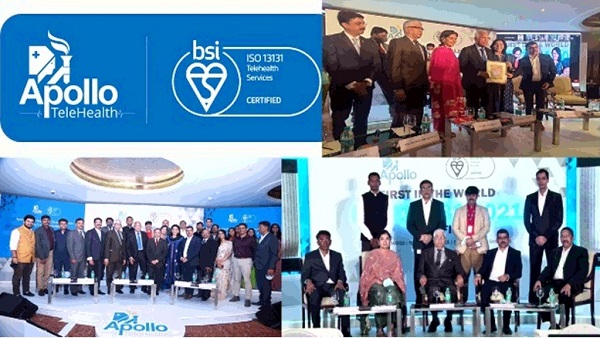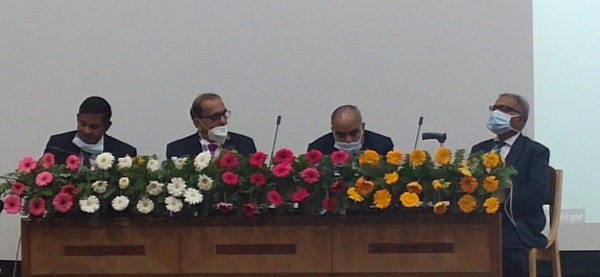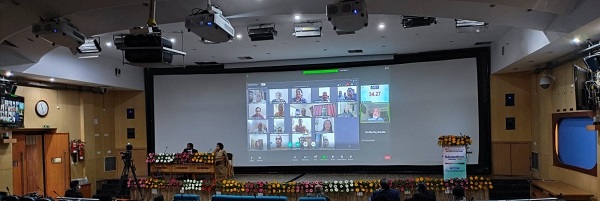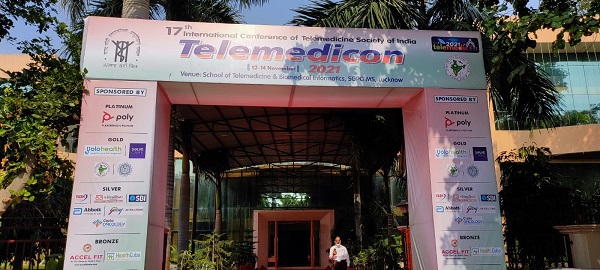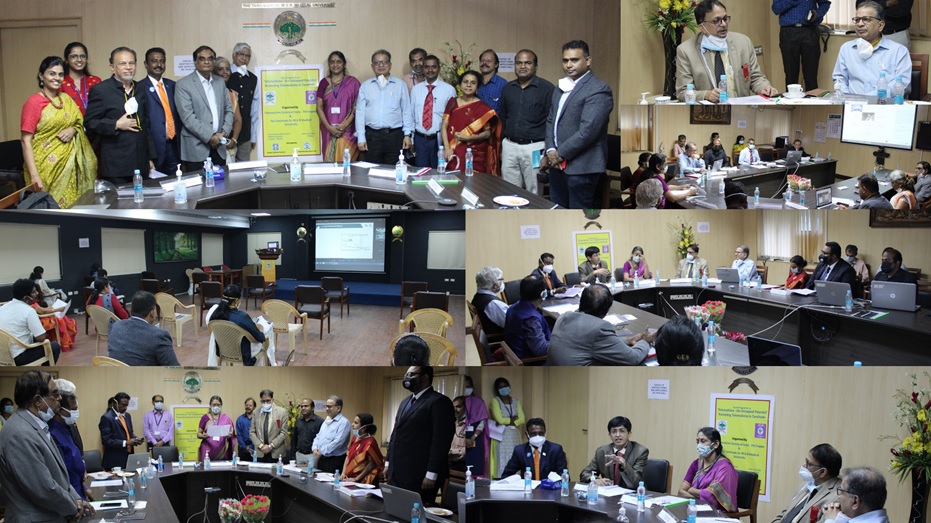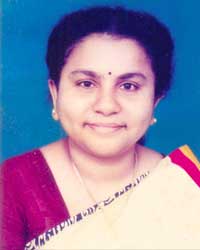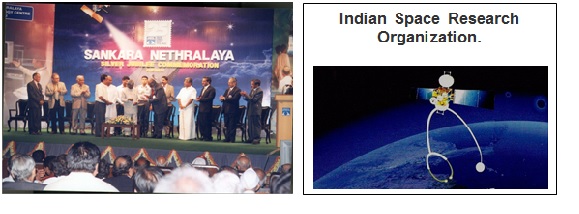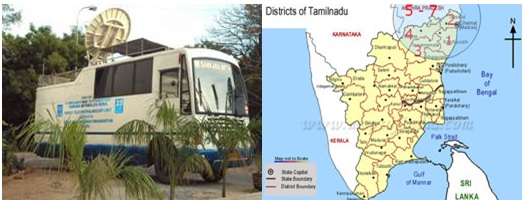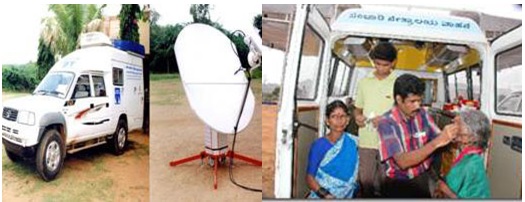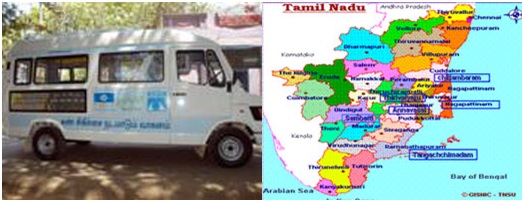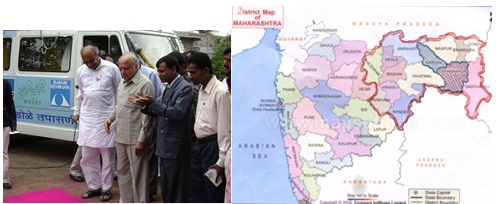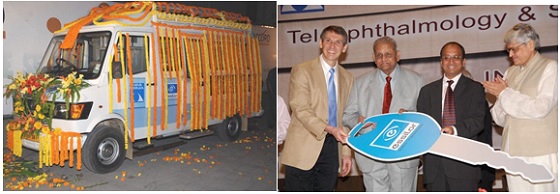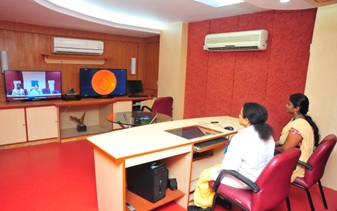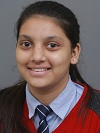The Use of Fitness Trackers for Telemedicine
Anay Shukla
Founding Partner, Arogya Legal – Health Laws Specialist Law Firm
Eshika Phadke
Associate, Arogya Legal – Health Laws Specialist Law Firm
Fitness trackers are increasingly being relied upon by people to monitor factors such as temperature, pulse rate, respiration rate, blood oxygenation, sleep patterns and exercise levels. Concurrently there has been a significant rise in remote consultations between patients and doctors. As a result, data from patients’ fitness trackers are making their way into telemedicine. However, doctors must proceed with caution while placing reliance on vitals that have been obtained from a fitness tracker.
First and foremost, even though fitness trackers offer medical device-like functionalities, they may or may not actually be medical devices. While a medical device is subject to regulatory scrutiny and has to undergo extensive clinical testing to ensure it’s accuracy before it is launched in the market, a fitness tracker does not undergo similar testing. Fitness trackers are, as the name would indicate, meant to track fitness levels and are targeted at healthy individuals. The manufacturers consciously elect to not pursue the medical device route, and do not intend for the device to be used to monitor vitals in a “patient”. They contain an explicit disclaimer on the packaging itself stating that the product is not a medical device and is not intended to be used for the diagnosis, treatment, cure or prevention of any disease. In addition, unlike a medical device, the health data of individuals collected by these trackers can be accessed by the manufacturer, and therefore while choosing a fitness tracker, doctors and patients should make an informed choice from data protection perspective on use of such health data by the manufacturer.
Second, the fitness trackers are not subject to conform with any uniform quality standards in India, and every fitness tracker uses a different technology and algorithm for tracking data and thus, hardly ever will two fitness trackers report similar numbers.
Further, fitness trackers are highly susceptible to human error and external conditions, and individuals are generally unaware of how to use the function correctly, so the data derived from a fitness tracker is not reliable. The reading would be affected by where the person is wearing it, how tight or loose the strap is, whether the person is wearing accessories that may hinder the sensor, whether the person is perspiring, whether they are correctly positioned, movement, the charge or the device, etc.
Therefore, while the utility of these devices is undeniable, their utility in medicine warrants abundant caution. The responsibility of a doctor to exercise great caution and professional discretion increases while discharging their professional services via telemedicine due to lack of physical contact with the patient. If a patient does use a fitness tracker and relays information from it to a doctor during teleconsultation, the doctor should refrain from taking the reading at face value or basing decisions solely on them. That being said, they may take it into consideration in combination with other symptoms and the patient’s history. The doctor could also peruse historical data from these devices to identify any patterns in the patient’s readings.
If a doctor does rely on any data that the patient obtained from a tracker, they should also note down the make and model of the device in their notes, if possible, so that they can also verify whether the tracker is a medical device or not. If it is, the doctor should also confirm with the patient that they used the device as per the manufacturer’s instructions.
Irrespective, before commencing a treatment plan on the basis of a information that had been obtained from a patient-operated device the vital signs of a patient should direct the patient to visit a doctor for and have their vitals measured and verified on a reliable device.

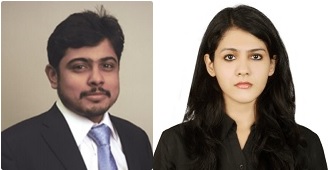
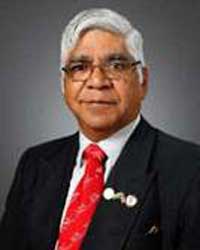 Prof. K. Ganapathy
Prof. K. Ganapathy